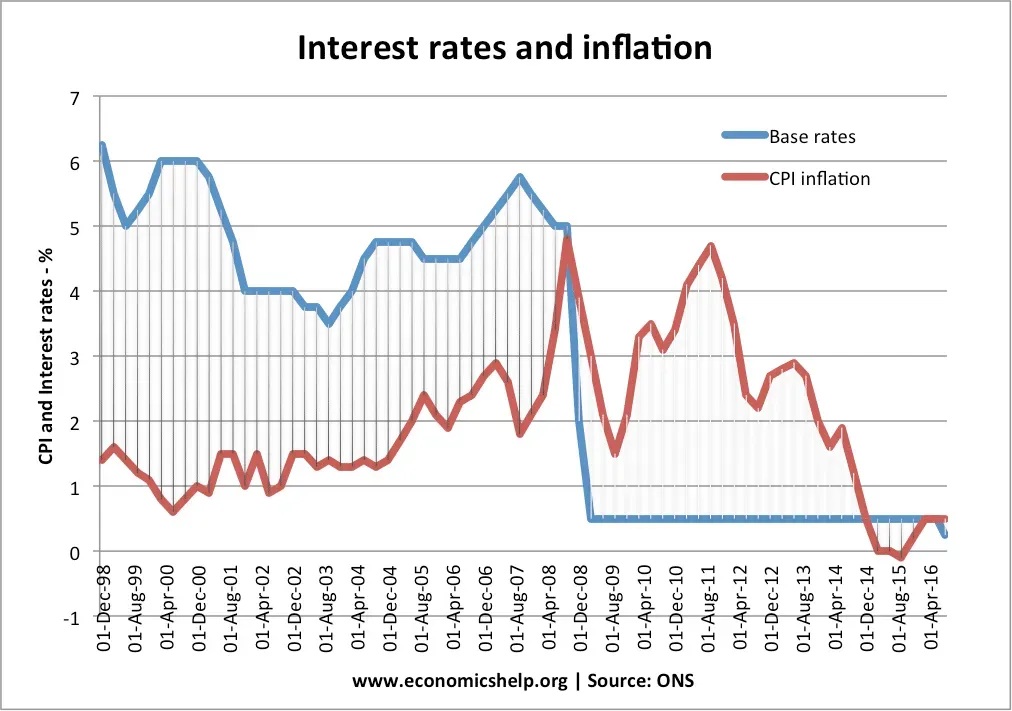Lowering interest rates has become a hot topic in recent economic discussions, particularly after President Donald Trump’s recent meeting with Federal Reserve Chair Jerome Powell. Trump expressed optimism about the prospect of an interest rate cut, indicating that the Fed may finally adopt the monetary policy easing he has advocated for months. He emphasized the positive nature of their conversation, suggesting that Powell acknowledges the need for adjustments in federal interest rates to spur economic growth. As the marketplace anticipates possible interest rate cut predictions, stakeholders are keenly watching the Fed’s next moves in response to ongoing economic pressures. This sentiment reflects a broader trend where policymakers are considering strategies to enhance economic stability through fiscal adjustments like easing federal rates.
The concept of reducing borrowing costs, commonly referred to as cutting interest rates, is gaining traction in light of recent economic shifts and political dialogues. Discussions surrounding fed rate adjustments have intensified, particularly following high-profile meetings such as the one between President Trump and Jerome Powell. The notion of monetary policy easing has sparked interest not only among investors but also economists, who are closely analyzing potential impacts on the housing market and overall economic momentum. As speculation grows about forthcoming adjustments in interest levels, understanding the implications of these changes becomes critical for navigating the evolving financial landscape. Consequently, the intersection of fiscal policies and economic strategies continues to be a pivotal focus for both public and private sectors.
The Impact of Lowering Interest Rates on Economic Growth
Lowering interest rates can have a significant impact on economic growth, as it often leads to increased consumer spending and business investments. When the Federal Reserve reduces rates, the cost of borrowing decreases, incentivizing consumers to finance big-ticket items, such as homes and cars. This uptick in spending can stimulate demand in various sectors, ultimately leading to job creation and higher overall economic production.
Moreover, lower interest rates can result in businesses having greater access to capital, allowing them to invest in expansion and innovation. With cheaper loans, companies are likely to undertake projects they may have otherwise postponed, pushing forward technological advancements and competitive growth. The potential for an interest rate cut, as hinted by President Trump after his meeting with Chair Powell, could signal a more accommodative monetary policy stance aimed at bolstering the economy during uncertain times.
Frequently Asked Questions
What is the recent conversation about lowering interest rates following the Trump-Powell meeting?
Following President Trump’s meeting with Federal Reserve Chair Jerome Powell, there are renewed discussions about lowering interest rates. Trump expressed confidence that the Fed is prepared to implement monetary policy easing, indicating that favorable economic conditions may lead to an interest rate cut in the near future.
How do the Federal Reserve rates affect economic growth and monetary policy?
Federal Reserve rates play a crucial role in economic growth as they influence borrowing costs, spending, and investment. Lowering interest rates typically aims to stimulate the economy by encouraging credit and consumption, which can lead to faster economic growth. This monetary policy easing can help stabilize and support financial markets.
What are the predictions for interest rate cuts after recent Federal Reserve meetings?
Market predictions suggest that while participants currently see little chance of a rate cut in the immediate future, expectations are building for potential interest rate cuts as we approach September. This aligns with the desire for monetary policy easing to bolster economic growth amid ongoing tensions and uncertainties.
How does President Trump influence the Federal Reserve’s decision on lowering interest rates?
President Trump’s influence on the Federal Reserve’s decision-making comes through public comments and meetings, such as his recent discussion with Jerome Powell. His advocacy for lower interest rates seeks to create pressure on policymakers to adopt a more accommodative monetary policy in support of economic initiatives.
Why is the Federal Reserve hesitant to lower rates despite calls for monetary policy easing?
The Federal Reserve’s hesitation to lower rates stems from the belief that the economy is currently robust enough to sustain higher interest rates. They are cautious about the potential implications of Trump’s tariffs on inflation, thus preferring to monitor data developments before making significant changes to their monetary policy.
What issues are associated with the Federal Reserve’s current interest rate policies?
Key issues associated with the Federal Reserve’s interest rate policies include operational deficits stemming from high interest rates, the need to review Fed management, and the implications of higher rates on economic sectors like housing. Critics argue that these factors warrant a reconsideration of the current interest rate strategy and an alignment with the administration’s priorities.
What role does the housing market play in the conversation about lowering interest rates?
The housing market is a focal point in discussions about lowering interest rates, as lower rates can make mortgages more affordable, stimulate homebuying, and drive economic activity. Advocates for monetary policy easing highlight the importance of supporting the housing sector to ensure broader economic stability and growth.
| Key Point | Details |
|---|---|
| Trump’s Confidence | President Trump believes the Federal Reserve will lower interest rates following his positive meeting with Chair Jerome Powell. |
| Fed’s Cautions | The Fed is hesitant to cut rates due to concerns over inflation and the economic impact of Trump’s tariffs. |
| Vought’s Pressure | White House budget director Russell Vought advocates for lower rates and a review of the Federal Reserve’s operations. |
| Positive Meeting Tone | Both Trump and the Fed described their recent meeting as positive, marking a reduction in previous tensions. |
| Operational Concerns | Criticism over the Fed’s deficit and the impact of high interest rates on its earnings continues. |
| Market Expectations | Futures markets indicate little chance of a rate cut in the immediate future, with possibilities for later in the year. |
Summary
Lowering interest rates could be a pivotal move for the economy as President Trump expresses optimism that the Federal Reserve is ready to implement this monetary policy adjustment. The dialogue between the White House and the Fed suggests a shift towards a cooperative approach aimed at addressing the economic challenges ahead. With increasing pressures from within the administration for the Fed to consider easing rates, the anticipation builds around how and when this will be executed amidst ongoing market evaluations.


